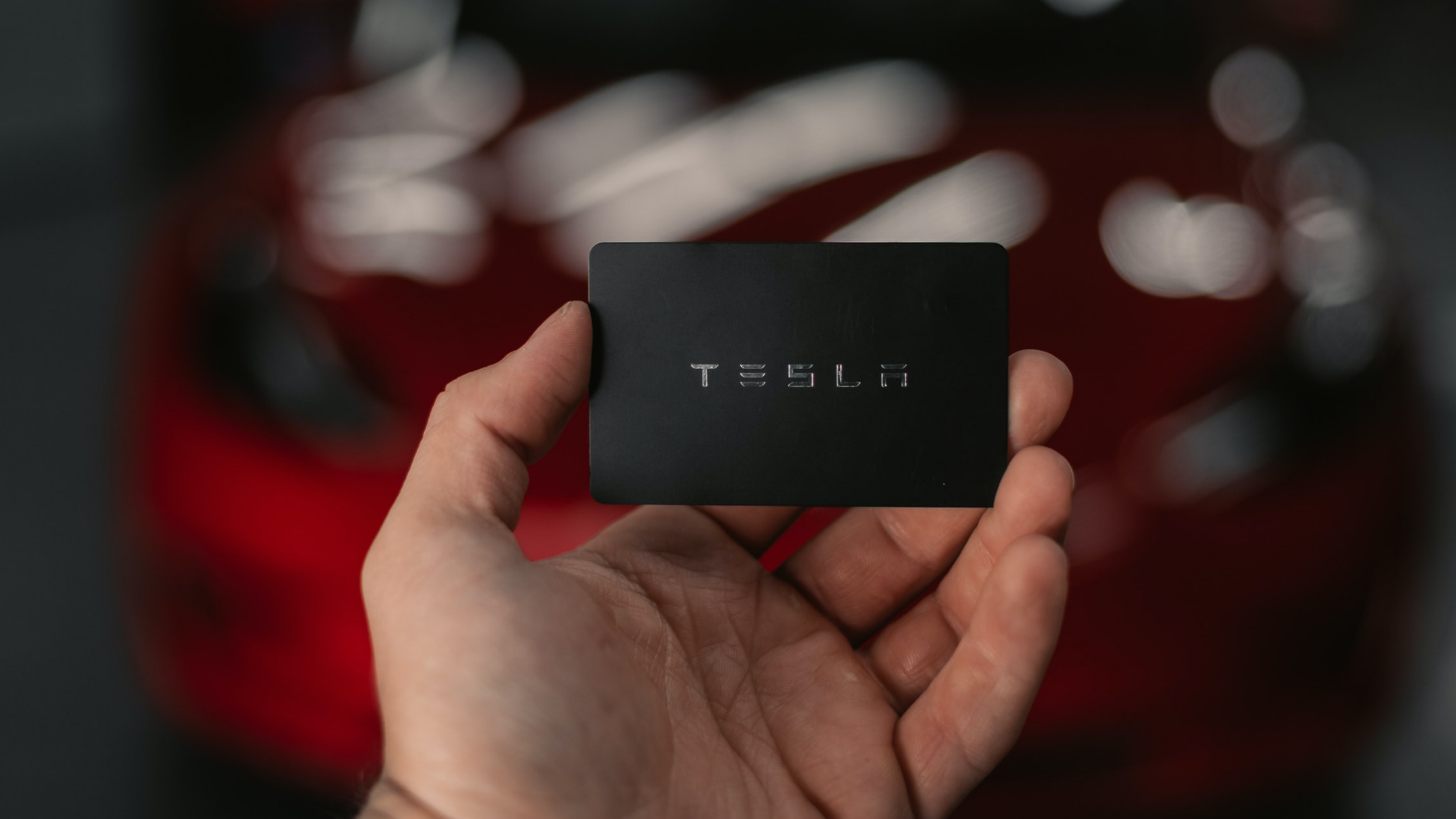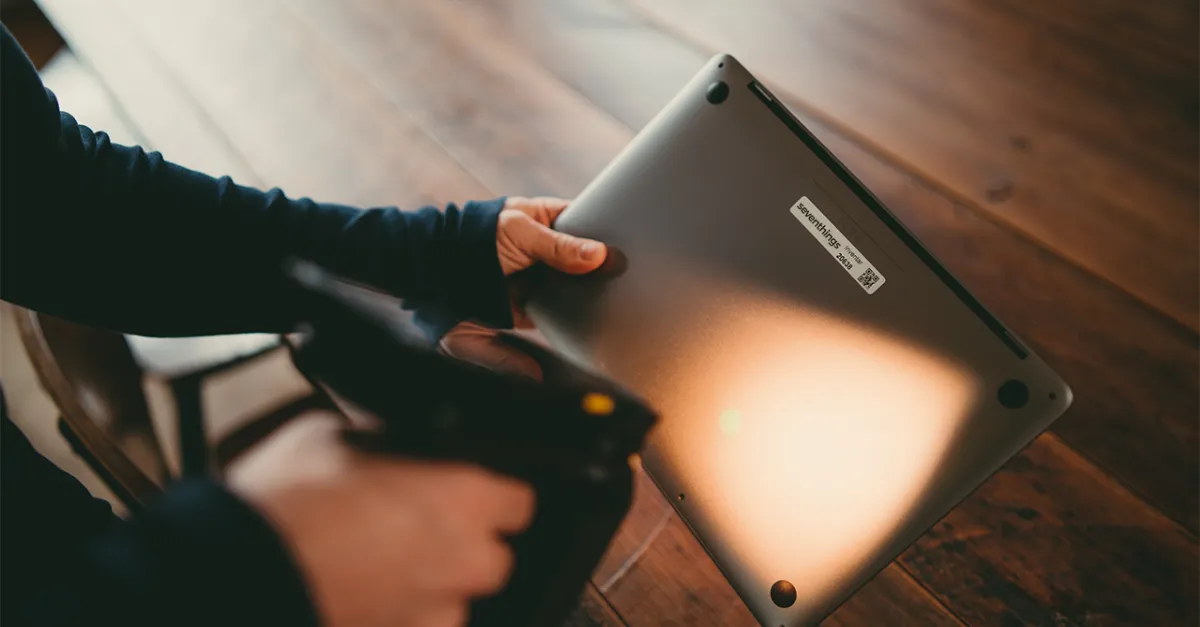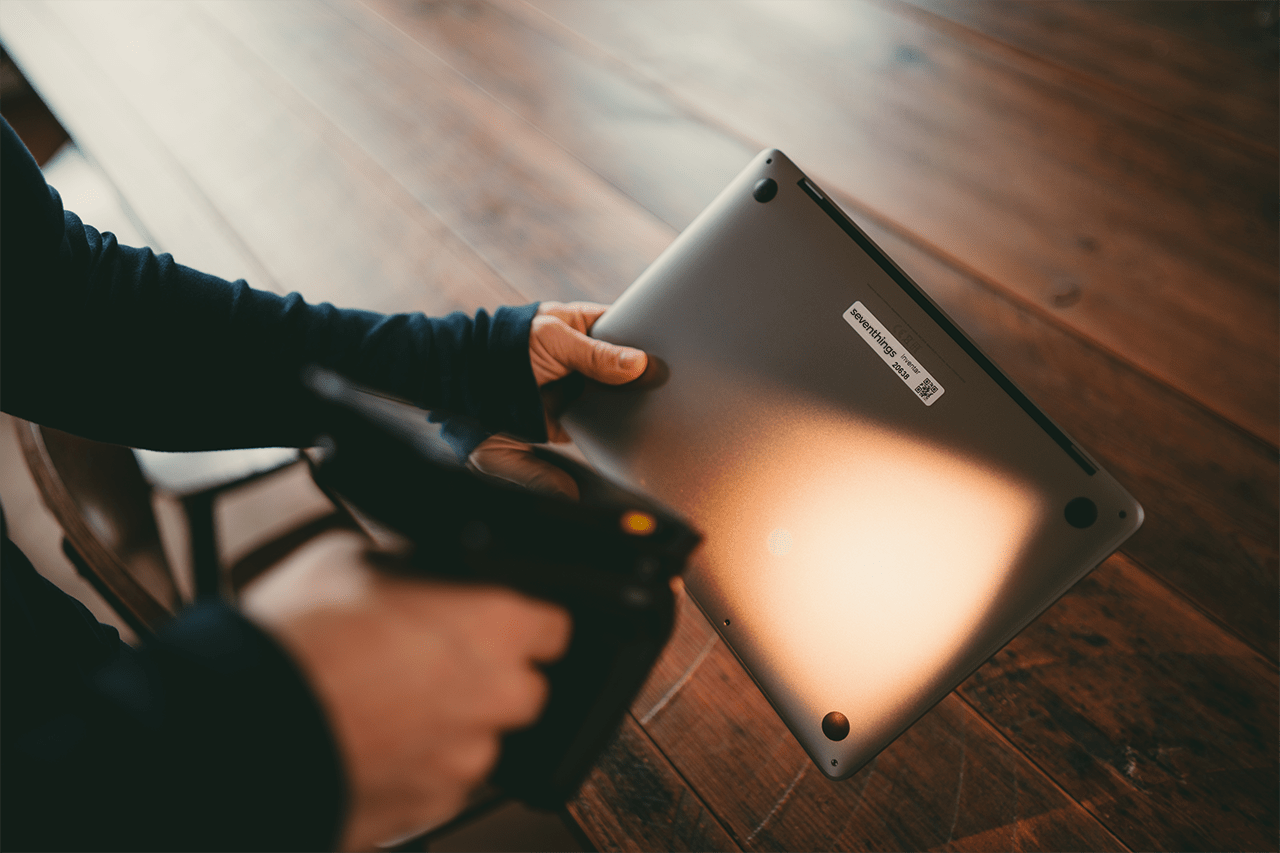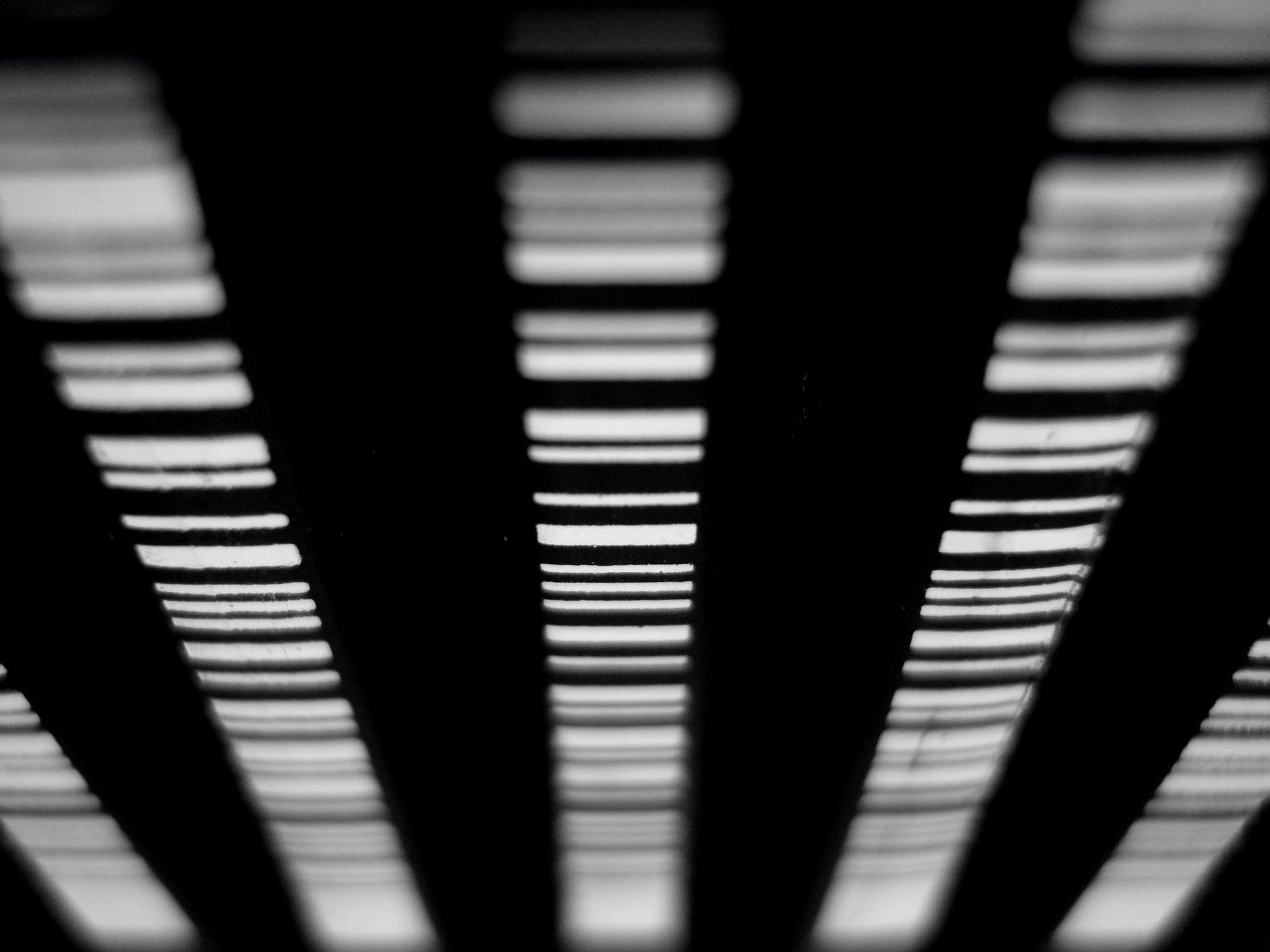Ever wondered how they track time at sporting events like the Boston marathon? Thousands of people start in waves of over one-hundred and get mixed throughout the race but when they pass the finish line they time stops. Or how you don't use a key for starting a car? How does ApplePay & GooglePay work?
The mystery behind it are smart tags. Those are all around us and we use them each and everyday, every time we go grocery shopping or we receive a package we get in contact with those smart tags. But smart tags are just so much more:
... Touchpoints we all have ...
... Why smart labels & how do they work ...
... What kinds of smart tags do we know ...
... most importantly, the reason for your company to use smart tags.

Touchpoints with smart labels?
The most basic and just a classic usage of smart tags is in the wristbands we all know from sports-clubs. Like those rubber wristbands that you use in the swim-club to buy a hot dog or a coke and at the end you pay all that's on your wristband. Nowadays it's crazy how often we use the technology:
- contactless payments with credit & debit card
- open, start & close the car
- taking time at running events or Triathlons
- Travel documents or personal documents like you ID
- tracking of cows and other animals
All of those completely normal things we actually used for more than a decade already. Crazy that smart tags have been around for that long. What's even more crazy is that within the last 20 years the chip size reduced by more than 95% and we can use smart tags for all kinds of things now. For example right around the corner Packwise has a product called Smart Cap to digitize the supply chain when managing oversea containers.
More about managing things by using smart tags? See our page manage all things in an easy way.
Why do we call them smart labels or smart tags?
Compared with normal tags, for example a barcode which we can read using a scanner, smart tags can give an impulse to take action or are that smart that they will actually take action all by themself. This is the main difference when compared to regular tags. Smart tags will actually start something. By scanning a QR code a webpage opens automatically, by just a tap we pay in the supermarket and by showing your flight ticket you can board a plane. What's even smarter is that the smart tag is working without electricity because the actual energy comes from the reading device. We call them smart tags because they can take action!
Would you like to work as smart as those tags? We have the solution to manage all things smart. Have a look yourself on how we do that:
Different kinds of Smart Tags
The definition of a smart tag is relatively simple. A smart tag is a label that contains technology that extends the functionality and content of itself beyond traditional printing methods (barcodes). The three most well-known types of Smart Tags are QR codes, RFID tags and NFC labels. Basically, these are based on an interaction with the end device (e.g. a smartphone) in order to then carry out an action.
QR Codes
Even if you've never heard of the word QR code, you've probably used it before. These days, you can find this type of smart label everywhere, and QR codes are particularly popular in marketing.
The idea behind it is as simple as it is ingenious: You create an optical image that can be scanned with any smartphone. The greatest benefit is the simple and intuitive use. Imagine having to manually enter a web address like our label page (https://blog.seventhings.com/en/best-five-labels). Unnecessarily complicated and error-prone. You can simply scan QR codes and the smartphone opens the website - completely error-free! A real smart tag that makes life a lot easier for all of us.
Radio Frequency Identification
The word RFID is now quite common and stands for a technology for locating and identifying radio waves. This technology was created in the 1960s, but has experienced rapid development in recent years due to advances in chip development.
RFID chips use a small metal antenna that enables contactless detection even from a distance of 4-6 meters. As a result, the label does not have to be visible when it is read and several labels can be read at the same time - a huge advantage when taking inventory, but which is also associated with higher acquisition costs.
More about RFID tags in our Blog about "RFID - innovating your inventory" !
Near Field Communication
NFC is a series of communication protocols that allow 2 devices to communicate with each other without contact. This type of communication is used, in most credit cards with the so-called tap-to-pay. All types of key cards, ID documents and current smartphones are among the well-known NFC applications.
NFC technology was also introduced in label printing only a short time ago. Meanwhile, the wireless sensors are also a cost-effective way to transmit real-time information to customers. A real win-win situation, so to speak.
Application examples
Smart labels impress with their flexibility and reliability, which is why they can be used in almost all business areas today:
-
Material tracking
-
Container identification
-
Supply chain control
-
Access control
-
Labeling of medical devices
-
Supply of textile products
-
Kanban-systems
-
Content control in closed containers
Why you can't get past Smart Labels if you want to digitize your business
In most cases, smart labels are understood as a complementary technology to barcode labels. However, the technology, which is used specifically for RFID or NFC labels, opens up completely different and new possibilities with significant advantages:
-
Reading and writing of data content without line of sight
-
Several labels can be scanned at the same time (bulk scan)
-
Contactless and unique identification
-
The positioning of the object to be recorded is completely unproblematic compared to the barcode. As long as the object is in space, anything is possible.
-
All signals penetrate different materials (cardboard, wood, plastic, clothing fabrics)
-
The detection of objects equipped with RFID or NFC can be up to 20 times faster than using a barcode
-
RFID or NFC tags can also be dirty or even partly destroyed - they can still be read.
In this way, the production of your products could become 100% paperless. In the Industry 4.0 model, all work steps are digitally reproduced and all information is stored in a digital twin. Smart labels are the connection between your physical product and the digital twin.
The use of Smart Labels also has many advantages in digital inventory management. We use RFID tags, which save you a considerable amount of time during your inventory process.
Labels with sensors enable the food industry to monitor temperatures, for example, and thus determine expiry dates extremely precisely. This makes it possible to fully monitor the supply chain and thus avoid losses. Really smart, these labels!
You just realized that you want to manage all your things sustainable and easy and especially you want to use smart tags to do that? Let's start today and get a 14-day free trial!
seventhings - tag it, scan it, know it






